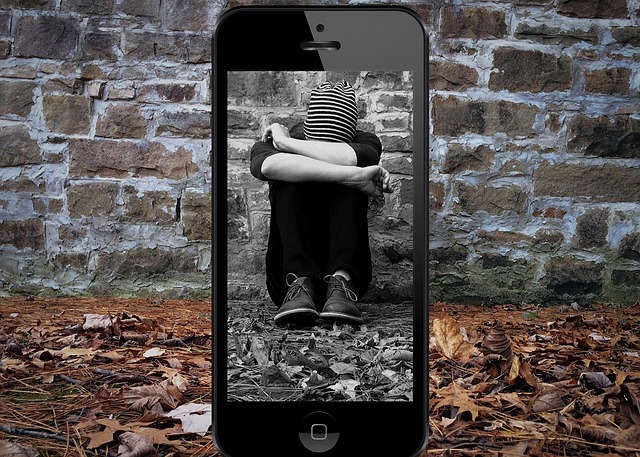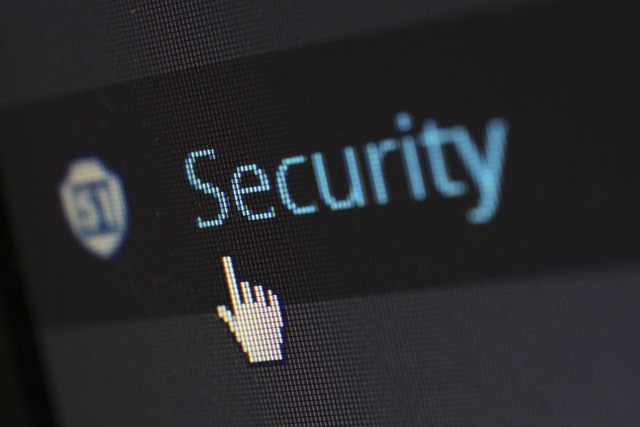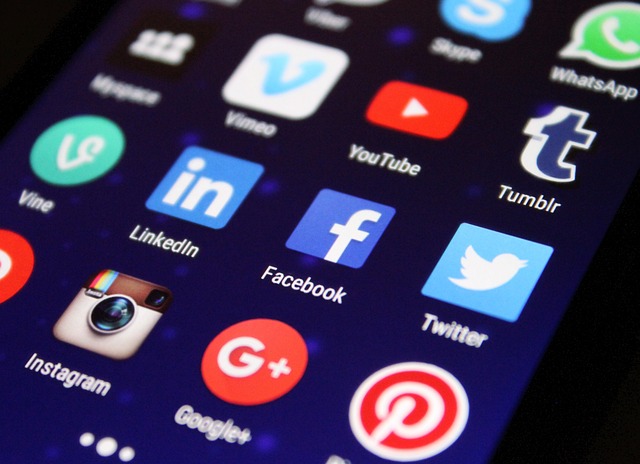The Rising Trend of Cyberbullying: Impact on Social Media
In today’s digital age, the phenomenon of cyberbullying has emerged as a significant concern, particularly among younger audiences who are deeply entrenched in the world of social media. As platforms expand, the anonymity and reach they offer can create a fertile ground for negative behavior, transforming interactions that were once positive into sources of pain and distress. This blog dives into the impacts of cyberbullying on social media, exploring why it has become an alarming trend.
Social media plays a pivotal role in connecting people across different spectrums of life, bringing friends and families together while also forging new relationships. However, what was meant to be a platform for expression and communication has often devolved into a arena for harassment. Victims of cyberbullying not only face emotional distress but also suffer from damaging effects on their self-esteem and mental health. Each notification, each mention, or even each comment can serve as a reminder of the hurt inflicted upon them, leaving scars that may take years to heal.
The anonymity provided by social media can often embolden individuals to express their negative thoughts and feelings without a second thought. Users may feel that they can say things they would never voice in person, resulting in a toxicity that many find impossible to escape. For teenagers, who are navigating the tumultuous waters of adolescence, being subjected to cyberbullying can feel particularly isolating. The socially constructed like” or “share” often amplifies resentment, creating a cycle where friends can suddenly become foes at the click of a button.
One of the most troubling aspects of cyberbullying is its impact on social norms and attitudes towards bullying in general. As these aggressive behaviors find their way onto platforms that are otherwise meant for positivity, it starts to normalize harmful actions. Young users might then believe that engaging in such behavior is acceptable, as they witness others do the same without repercussions. Social media should be a space that fosters connection, yet it can easily morph into one that cultivates fear and anxiety.
Equally concerning is how the emotional turmoil resulting from cyberbullying can affect academic performance and social interactions. Victims often become withdrawn, impacting their ability to focus on schoolwork or maintain friendships. It’s a vicious cycle that not only hurts individuals but also disrupts learning environments and community building. Efforts to address these issues on social media platforms are ongoing, but the response often feels insufficient when faced with the magnitude of the problem.
Fortunately, awareness campaigns and advocacy against cyberbullying are gaining traction. Numerous organizations now strive to educate both parents and children about the implications of their online actions. Schools are beginning to implement programs that focus not just on preventing cyberbullying but also on fostering empathy and kindness among students. These initiatives aim to instill values that can transform social media from a source of pain to a platform for positivity.
The power of social media should not be underestimated. It is capable of inciting change, rallying support, and providing resources for those affected by cyberbullying. As individuals, we can advocate for more awareness and take personal steps to contribute positively online. Together, we can harness the potential of social media, create safe spaces, and combat the rising trend of cyberbullying for a healthier digital landscape.




